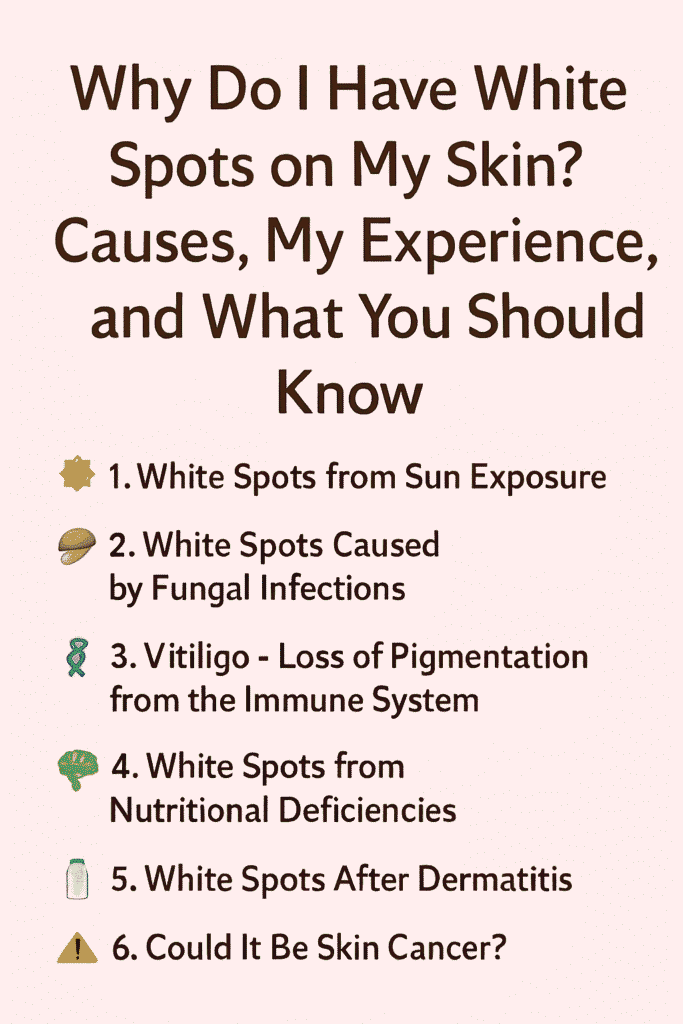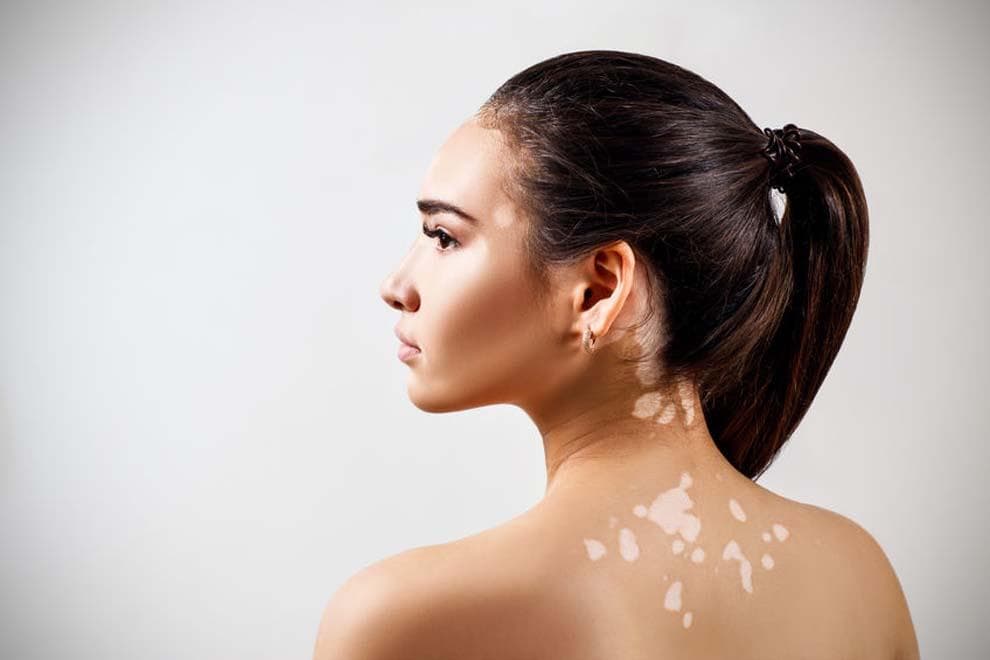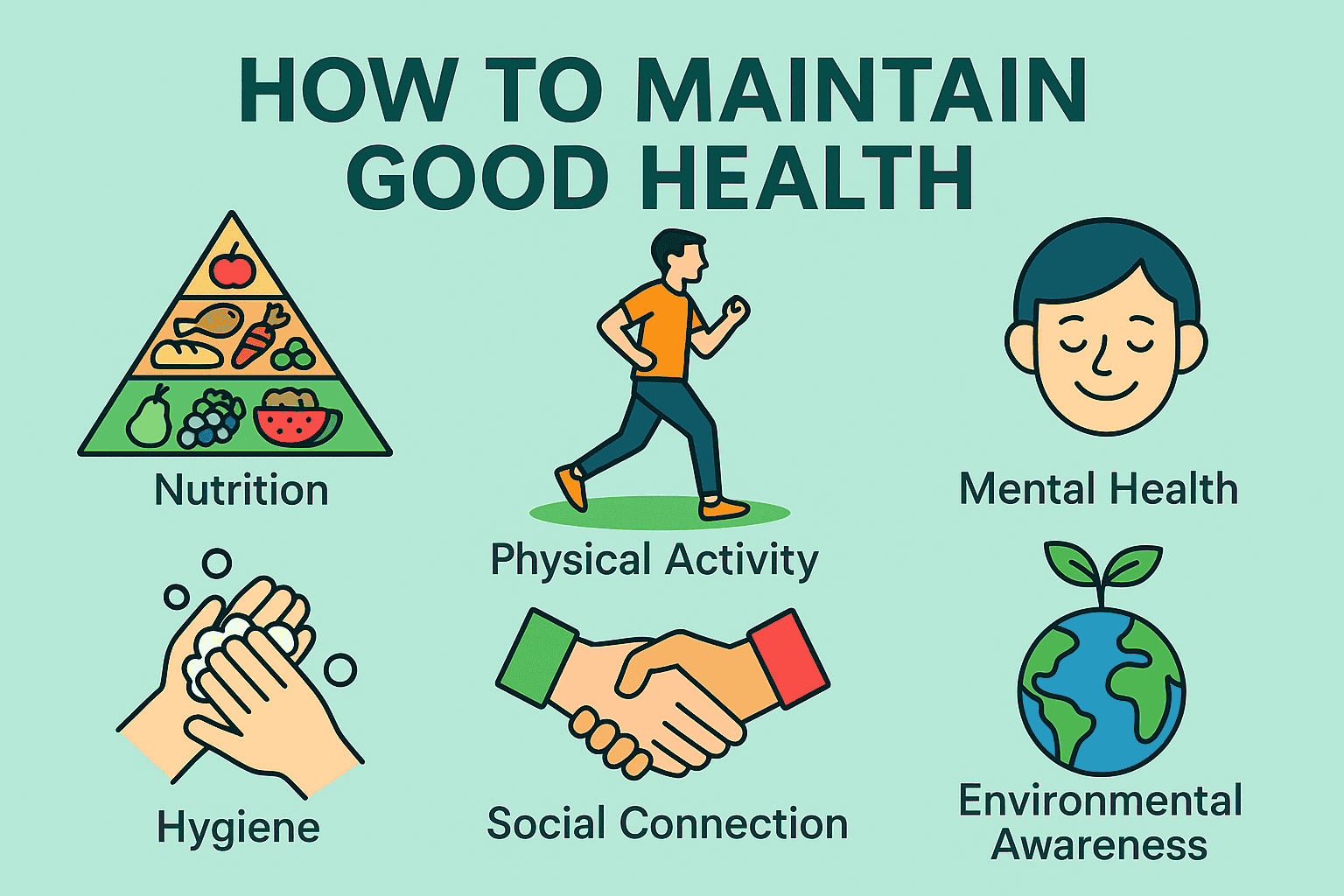Over the years, I’ve noticed small white spots appear on my arms and legs, especially after being out in the sun. At first, I didn’t think much of it, but as the spots became more visible, I decided to dig deeper—and what I learned could help you, too.
White spots on the skin can appear for many different reasons. Some are harmless, while others may need medical attention. Based on my own experience and research, here’s a complete guide to understanding them.
☀️ 1. White Spots from Sun Exposure (Idiopathic Guttate Hypomelanosis)
One of the most common causes of white spots is chronic sun exposure. I personally developed small, confetti-like white lesions on my legs after years of outdoor activities. These spots are usually due to sun damage over time, where the skin loses its ability to respond to UV rays.

What I do now:
To prevent more spots from forming, I apply a broad-spectrum SPF 50+ sunscreen daily and reapply every 2 hours when outdoors. After sun exposure, I always use a moisturizing, emollient-rich cream to help repair my skin barrier.
🍄 2. White Spots Caused by Fungal Infections (Tinea Versicolor)
Another cause I encountered was fungal white spots, especially during humid months. These are caused by yeasts that naturally live on our skin. When conditions like sweating, heat, or poor drying arise, they can multiply and prevent melanin from activating properly under the sun.
You’ll notice these more after tanning—some areas just don’t darken like the rest.
What worked for me:
I used an over-the-counter antifungal cream recommended by my dermatologist and made sure to thoroughly dry my skin after showers. It cleared up in about two weeks.
🧬 3. Vitiligo – Loss of Pigmentation from the Immune System
Vitiligo is something a close friend of mine deals with. It’s an autoimmune condition where the immune system mistakenly attacks melanocytes (the cells that produce skin pigment). This leads to completely white, non-pigmented patches.
There’s no cure yet, but phototherapy, topical treatments, and camouflage makeup can help reduce visibility.
Note: If you notice symmetrical white patches, especially around eyes, mouth, or hands, it’s best to consult a dermatologist immediately.
LSI keywords: vitiligo skin condition, white patches no melanin, autoimmune skin disorder, loss of pigmentation
🥦 4. White Spots from Nutritional Deficiencies
If you’re seeing faint, chalky white spots, it could be due to calcium, vitamin D, or vitamin E deficiency. I’ve personally experienced this when my diet lacked leafy greens and dairy.
Solution:
I started including more fruits, vegetables, nuts, and dairy in my diet, and the spots faded over time.
🧴 5. White Spots After Dermatitis (Post-Inflammatory Hypopigmentation)
Sometimes after eczema or any form of dermatitis, the affected area heals slower and lacks pigment temporarily. I experienced this after an allergic rash on my forearm. The inflammation cleared, but lighter patches lingered for weeks.
This is known as post-inflammatory hypopigmentation, and it’s usually temporary.
What helped:
Hydrating creams, patience, and sun protection. Eventually, my skin tone evened out.
⚠️ 6. Could It Be Skin Cancer?
While rare, some forms of skin cancer, like amelanotic melanoma, may appear as white or pale patches with irregular borders. If you see a white area forming around a mole, or the texture changes, get checked immediately.
I had a scare with a mole on my back that turned lighter—I got it assessed, and luckily, it wasn’t cancerous. Don’t wait if anything looks suspicious.
✅ Final Thoughts: My Key Takeaways
In my journey, I learned that not all white spots are harmful, but they can signal important things—from simple sun damage to autoimmune issues or even skin cancer.
Here’s what I recommend from personal experience:
- Use high-SPF sunscreen daily
- Dry skin thoroughly after showers
- Moisturize generously, especially after sun exposure
- Eat a balanced diet rich in vitamins and minerals
- See a dermatologist if spots change in color, shape, or texture
Frequently Asked Questions
1. What causes white spots on the skin?
White spots on the skin can appear due to sun exposure, fungal infections like tinea versicolor, autoimmune conditions such as vitiligo, nutritional deficiencies, post-inflammatory dermatitis, or rarely, skin cancer.
2. Are white spots on skin permanent?
Not always. White spots caused by fungus, sun damage, or poor diet are often reversible. However, vitiligo-related spots can be long-lasting or permanent.
3. Can a fungal infection cause white spots on the skin?
Yes. Tinea versicolor is a common fungal condition that causes white or lighter patches, especially in hot and humid weather or after excessive sweating.
4. How do I treat white spots on my skin?
Depending on the cause, treatments may include antifungal creams, sun protection, moisturizers, dietary improvements, or medical treatment in the case of autoimmune conditions like vitiligo.
5. When should I see a doctor about white spots?
If you notice white spots that rapidly spread, change shape, surround a mole, or don’t improve with skincare, it’s best to consult a dermatologist.



